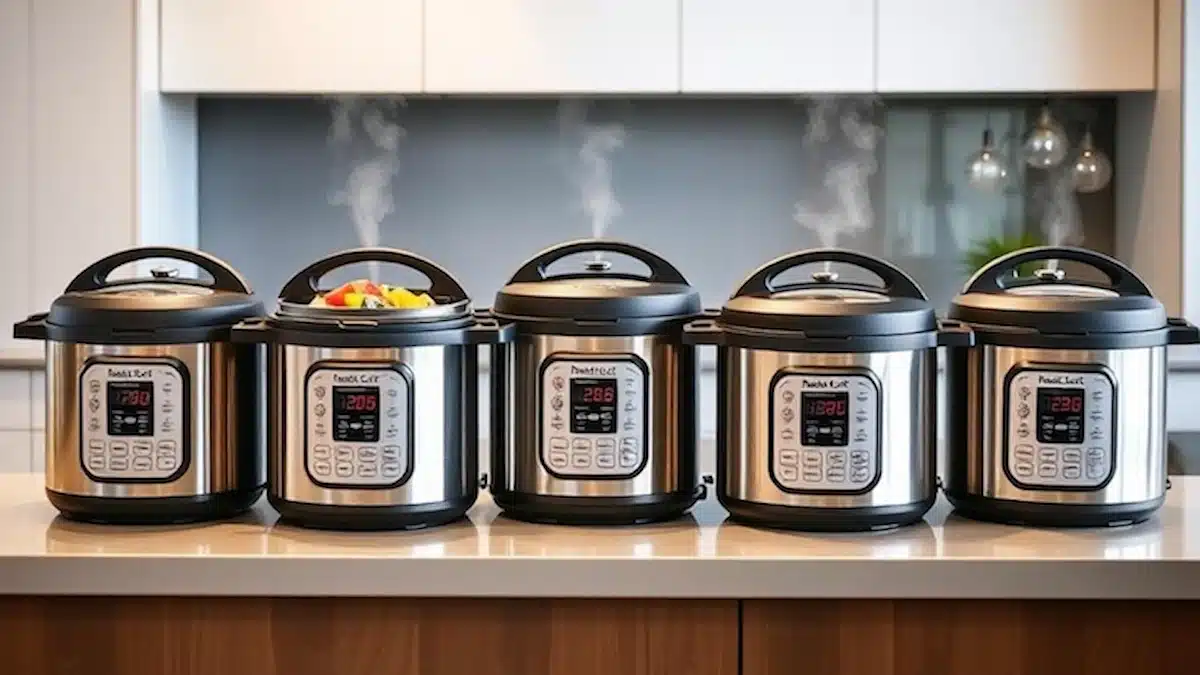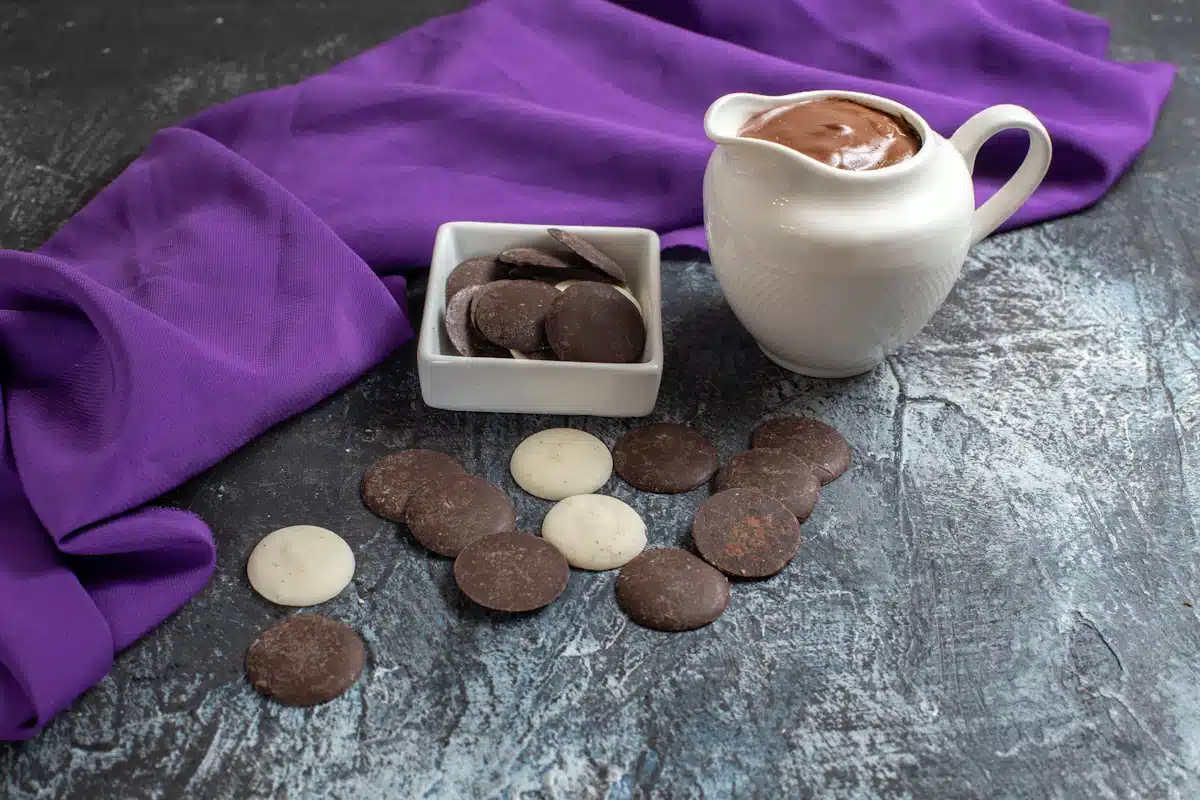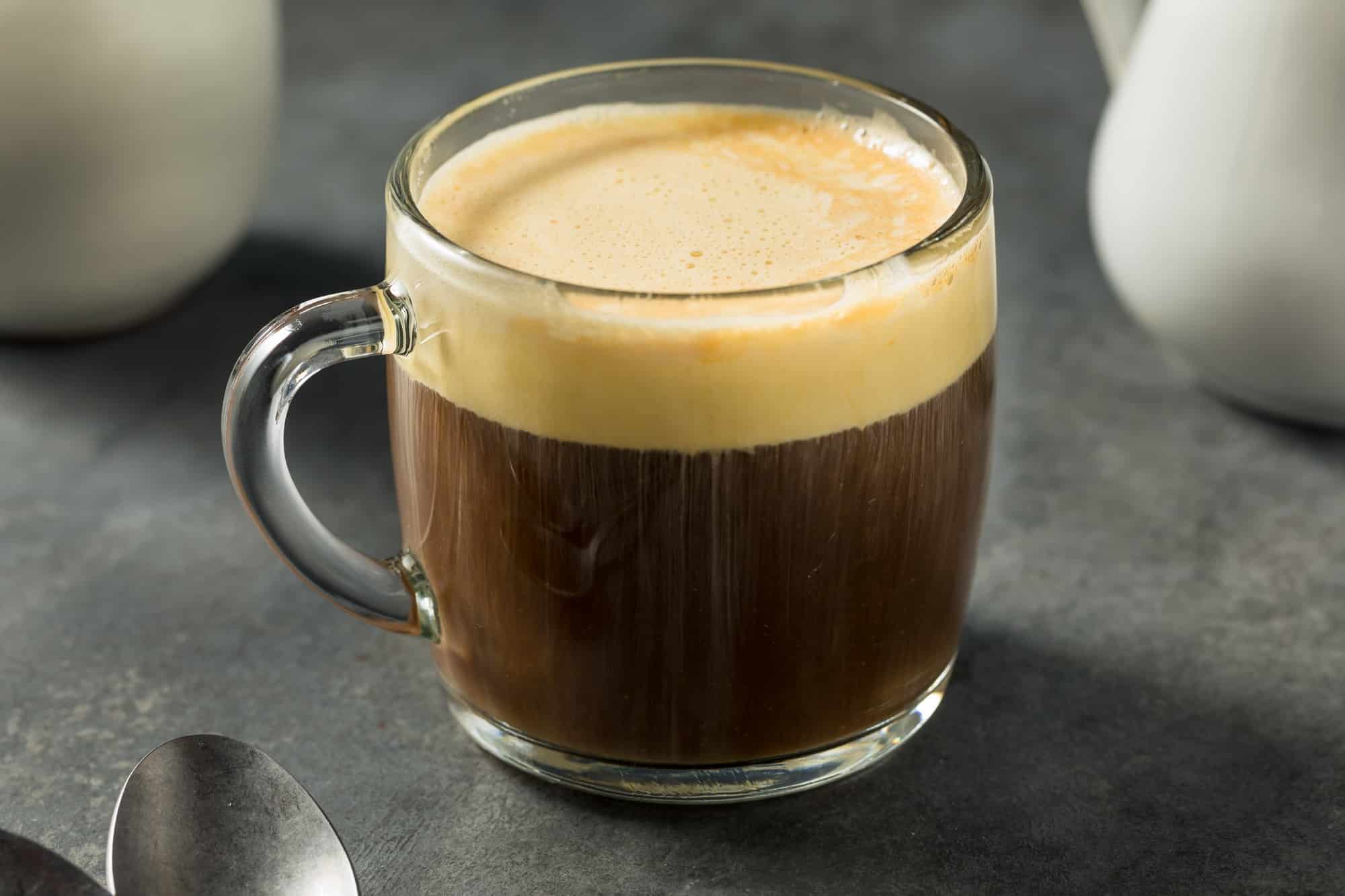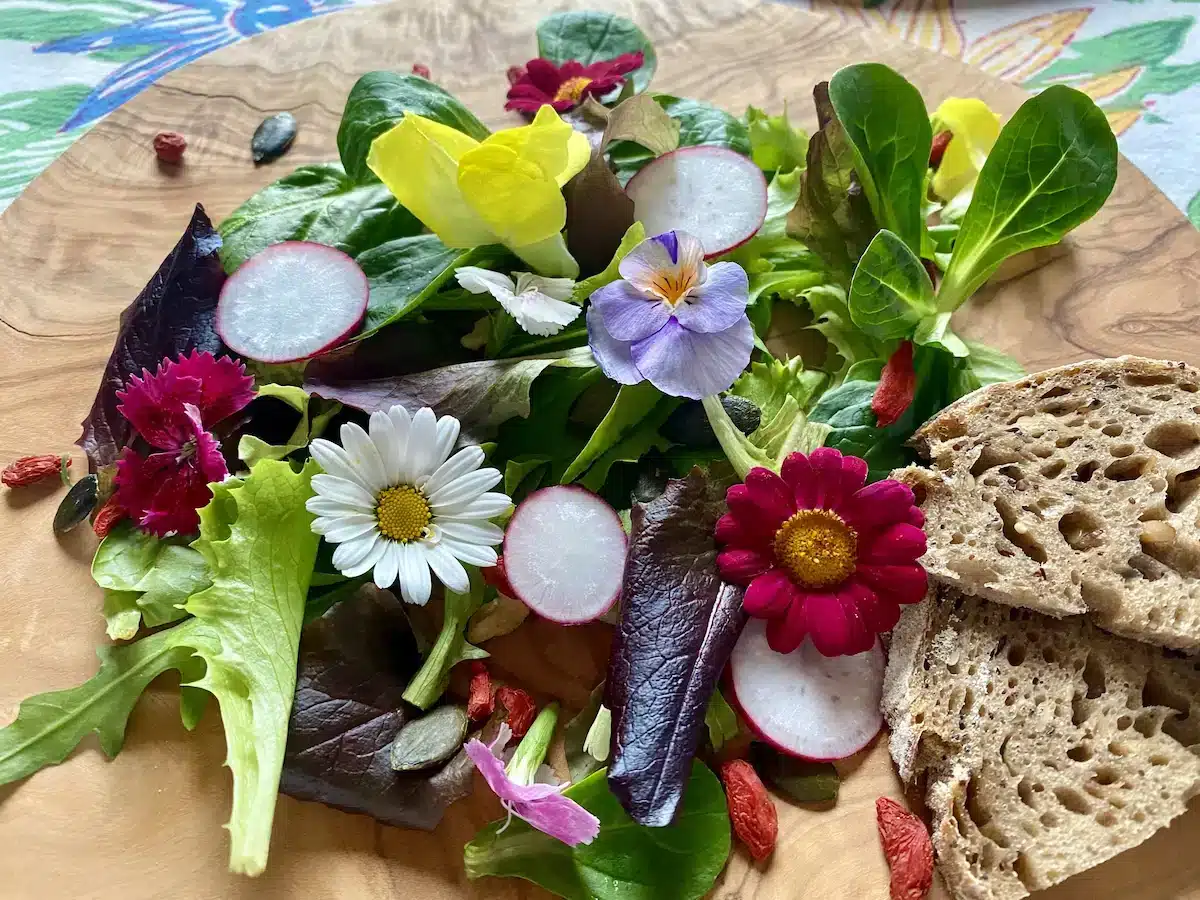Enlightened Dish Delights Buddhists and All
Buddha’s Delight, known as “luohan Zhai,” is a vegetarian marvel that charms Buddhists and food lovers worldwide with its symphony of flavours and spiritual essence. A vegetarian wonder, its name comes from the Chinese transliteration of a Sanskrit term meaning enlightenment. With at least ten ingredients (sometimes up to 18!) and tofu’s resilience balanced with mushrooms’ promise of longevity, it’s traditionally served at Buddhist celebrations and the first day of Chinese New Year. Now, it’s enjoyed globally. With cooking methods as varied as its components, Buddha’s Delight is a culinary journey worth taking for its generosity of spirit and flavour.
Etymology of the Buddha’s Delight Dish
How did this dish get its name? The etymology of “luohan zhai” can be traced back to the Chinese transliteration of the Sanskrit term “arhat,” meaning an enlightened, ascetic individual or the Buddha himself. “Zhai” means vegetarian food or diet. This harmonious combination of words reflects the spiritual roots and purity of the dish. Typically, it has at least ten ingredients, but it can have 18 or 35, with the 18-ingredient version called “luohan quanzhai.” These ingredients provide a complex flavour profile and symbolize a balanced and enlightened lifestyle, making the dish a culinary and cultural delight.
Traditional Celebrations
Traditionally “luohan zhai” is served at Buddhist celebrations. This vegetarian dish is often featured on the first day of the Chinese New Year, when Buddhists practice a plant-based diet for the first five days. Rarer ingredients like fat choy (a type of moss) and arrowhead root are used, adding a unique touch to the celebrations. Eggs and dairy are absent, adhering to dietary rules, while certain pungent vegetables, known as wu hun, are also avoided. The dish is prepared with great care and symbolic ingredients, making it a treasured centrepiece, embodying spiritual purity and culinary tradition and bringing families together safely and joyfully.
Key Ingredients of Buddha’s Delight
Among the many components that define “luohan Zhai,” the key ingredients play a significant role in flavour and symbolism. This vegetarian dish has an ensemble of ingredients like tofu, mushrooms, and black fungus, each contributing unique textures and tastes. Guangdong’s version requires ten essential ingredients for a balanced and nutritious experience. But it’s not just about taste—these ingredients have auspicious meanings. For example, mushrooms symbolize longevity and prosperity, while tofu represents resilience and purity. The dish is said to bring “clean air and happiness,” a lovely promise. It’s a culinary celebration that marries flavour with tradition for a safe and joyful dining experience.
Preparation Methods
The preparation methods for “luohan zhai” / Buddha’s Delight are meticulous and varied, reflecting its rich cultural heritage. This vegetarian dish, free of meat and animal products, combines ingredients like tofu, mushrooms, and black fungus. Cooking techniques range from sautéing to steaming to ensure flavours meld together while maintaining nutrition. Each ingredient, often pre-soaked or marinated, contributes to a symphony of sweet, sour, and savoury notes. Safety is paramount; chefs clean and prepare each component to avoid contamination. The dish is often part of a larger feast, embodying tradition and innovation. It’s a culinary dance that’s as much about mindful preparation as it is about delicious flavour.
Growing Popularity of Buddha’s Delight
In recent years, “luohan zhai” has become very popular and a staple in Chinese restaurants worldwide. This vegetarian dish, once a closely guarded tradition within Buddhist circles, has charmed diners globally. Why the sudden boom? For starters, it’s a healthy, plant-based option that fits into the modern trend for healthy eating. Its flavours and textures are exciting for adventurous foodies and cautious eaters. Restaurants may not always use the traditional ingredients, but they keep the essence of “luohan zhai”—a harmonious blend of taste and tradition. So whether you’re a seasoned vegan or just curious, this dish is a safe bet.
Vegetarian Buddha’s Delight: A Flavourful Journey to Harmony
Ingredients
- 1 cup dried wood ear mushrooms
- 1 cup dried shiitake mushrooms
- 1/2 cup dried lily flowers
- 1/2 cup dried mung bean vermicelli
- 1/4 cup dried tofu skin knots
- 1/4 cop bamboo shoots, sliced
- 1/4 cup water chestnuts, sliced
- 2 tbsp vegetable oil
- 1/4 cup Shaoxing wine (or substitute with vegetable broth)
- 1 tbsp minced ginger
- 2 cloves garlic, minced
- 2 tbsp light soy sauce
- 1 tsp sugar
- 1/2 tsp sesame oil
- Salt and Pepper to taste
- Chopped Scalions for garnish
Equipment
- 1 Large wok or deep skillet 12-14 inches preferred
- 1 Sharp chef's knife
- 5-6 medium bowls for soaking dried ingredients
- 1 Colander or strainer for draining soaked ingredients
- Measuring cups and spoons
- 1 Wooden spoon or wok spatula
Method
- Rehydrate the Dried Ingredients: Soak the wood ear mushrooms, shiitake mushrooms, lily flowers, mung bean vermicelli, and tofu skin knots in separate bowls of warm water until softened. Drain and set aside. Slice the rehydrated mushrooms into bite-sized pieces.
- Sauté the Aromatics: Heat vegetable oil in a large wok or pan over medium-high heat. Add the minced ginger and garlic and sauté until fragrant, about 30 seconds.
- Add the Vegetables: Add the rehydrated mushrooms, lily flowers, bamboo shoots, and water chestnuts to the wok. Stir-fry for 2-3 minutes until slightly softened.
- Add the Seasonings: Pour in the Shaoxing wine (or vegetable broth), soy sauce, light soy sauce, sugar, and sesame oil. Stir-fry for another minute to combine the flavors.
- Add the Vermicelli and Tofu Skin Knots: Add the rehydrated mung bean vermicelli and tofu skin knots to the wok. Stir-fry until the vermicelli is softened and the sauce has thickened slightly.
- Season and Garnish: Season with salt and pepper to taste. Garnish with chopped scallions and serve immediately with steamed rice.
Nutrition
Notes
- Feel free to substitute or add your favourite vegetables, such as carrots, broccoli, or snow peas.
- If you don’t have Shaoxing wine, you can substitute it with an equal amount of vegetable broth or water with a splash of rice vinegar.
- You can add a chili oil drizzle or toasted sesame seeds for a richer flavour.
Estimated Nutrition Breakdown for Vegetarian Buddha’s Delight
Per Serving (Based on 4 main dish servings)
Macronutrients
- Calories: 180-220 kcal
- Protein: 8-10g
-
Carbohydrates: 30-35g
- Dietary Fiber: 6-8g
- Sugars: 3-4g
-
Fat: 5-7g
- Saturated Fat: 0.5-1g
- Unsaturated Fat: 4-6g
Micronutrients
- Sodium: 400-500mg (primarily from soy sauce)
- Potassium: 300-400mg
- Iron: 2-3mg (15-20% DV)
- Calcium: 40-60mg (4-6% DV)
- Vitamin D: 2-4μg (from mushrooms)
- B Vitamins: Moderate amounts, especially B2 and B3 from mushrooms
Key Nutritional Benefits
- High in fiber from mushrooms and plant-based ingredients
- Low in fat with minimal saturated fat
- Good source of plant protein
- Rich in antioxidants from various mushroom varieties
- Gluten-free (if using gluten-free soy sauce)

















